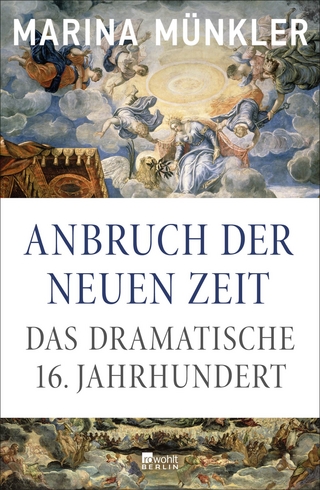
The End of the Ottomans
I.B. Tauris (Verlag)
978-1-78831-241-7 (ISBN)
Hans-Lukas Kieser is a historian of the late Ottoman Empire and Turkey. He is Professor of Modern History at the University of Zurich, Switzerland, and president of the Switzerland-Turkey Research Foundation in Basel. Margaret Lavinia Anderson is Professor Emerita of Modern History at the University of California, Berkeley, USA. Seyhan Bayraktar is Senior Lecturer at the University of Basel, Switzerland and co-author of The Armenian Genocide Legacy (2015). Thomas Schmutz is based at the University of Zurich, Switzerland.
1. Introduction (Margaret Lavinia Anderson and Hans-Lukas Kieser)
Part I – Biography and Genocide. A perpetuation of Young Turk pattern and practices
2. Mehmed Talaat: Demolitionist founder of post-Ottoman Turkey (Hans-Lukas Kieser)
3. A Perpetrator, a Savior and an Enigma: Cemal Pasha, Arabs and Armenians (Ümit Kurt)
4. Honour and Shame: The Diaries of a Unionist and the “Armenian Question” (Ozan Ozavci)
5. Tahsin Uzer: Talaat's Man in the East (Hilmar Kaiser)
6. Pro-active local perpetrators: Ahmed Faik Erner and Mehmet Yasin Sani Kutlug (Ümit Kurt)
7. A Man for all Regions: Aintabli Abdulkadir and the Special Organization (Hilmar Kaiser)
8. Zohrab and Vartkes: Reform-minded Ottoman Deputies. Intimates and Victims of the CUP (Raymond Kévorkian)
9. Aram Manoukian, Armenian leader in Van (Khatchig Mouradian)
Part II – Exploring genocide on the spot
10. The War before War at the Caucasus Front: A matrix for genocide (Candan Badem)
11. The state, local actors and mass violence in the Bitlis province (Mehmet Polatel)
12. From Aintab to Gaziantep: The Reconstitution of an Elite on the Ottoman Periphery (Ümit Kurt)
13. Scenes from Angora, 1915: The Commander, the Bureaucrats, and Muslim Notables during the Armenian Genocide (Hilmar Kaiser)
14. The Very Limit of our Endurance’: Unarmed Resistance in Ottoman Syria during: Armenian Agency in Syria in World War I (Khatchig Mouradian)
15. Afterword: Violence, ethics, historiography (Hamit Bozarslan)
Chronology
Index
| Erscheinungsdatum | 05.12.2018 |
|---|---|
| Zusatzinfo | 2 Maps |
| Sprache | englisch |
| Maße | 138 x 216 mm |
| Gewicht | 590 g |
| Themenwelt | Geisteswissenschaften ► Geschichte ► Allgemeines / Lexika |
| Geschichte ► Allgemeine Geschichte ► Neuzeit (bis 1918) | |
| Geschichte ► Teilgebiete der Geschichte ► Militärgeschichte | |
| Sozialwissenschaften ► Politik / Verwaltung ► Staat / Verwaltung | |
| ISBN-10 | 1-78831-241-4 / 1788312414 |
| ISBN-13 | 978-1-78831-241-7 / 9781788312417 |
| Zustand | Neuware |
| Haben Sie eine Frage zum Produkt? |
aus dem Bereich


